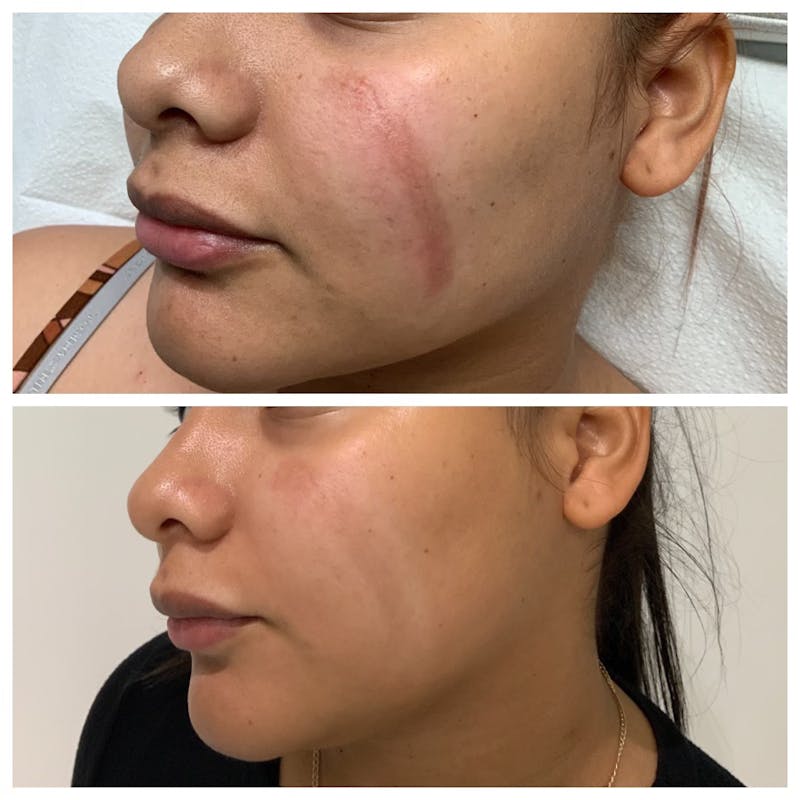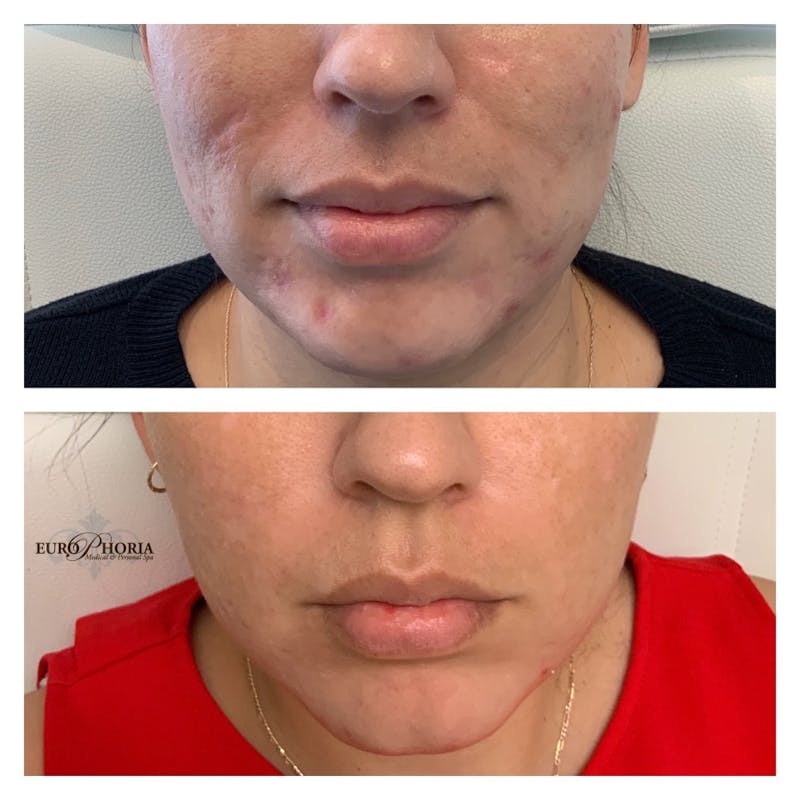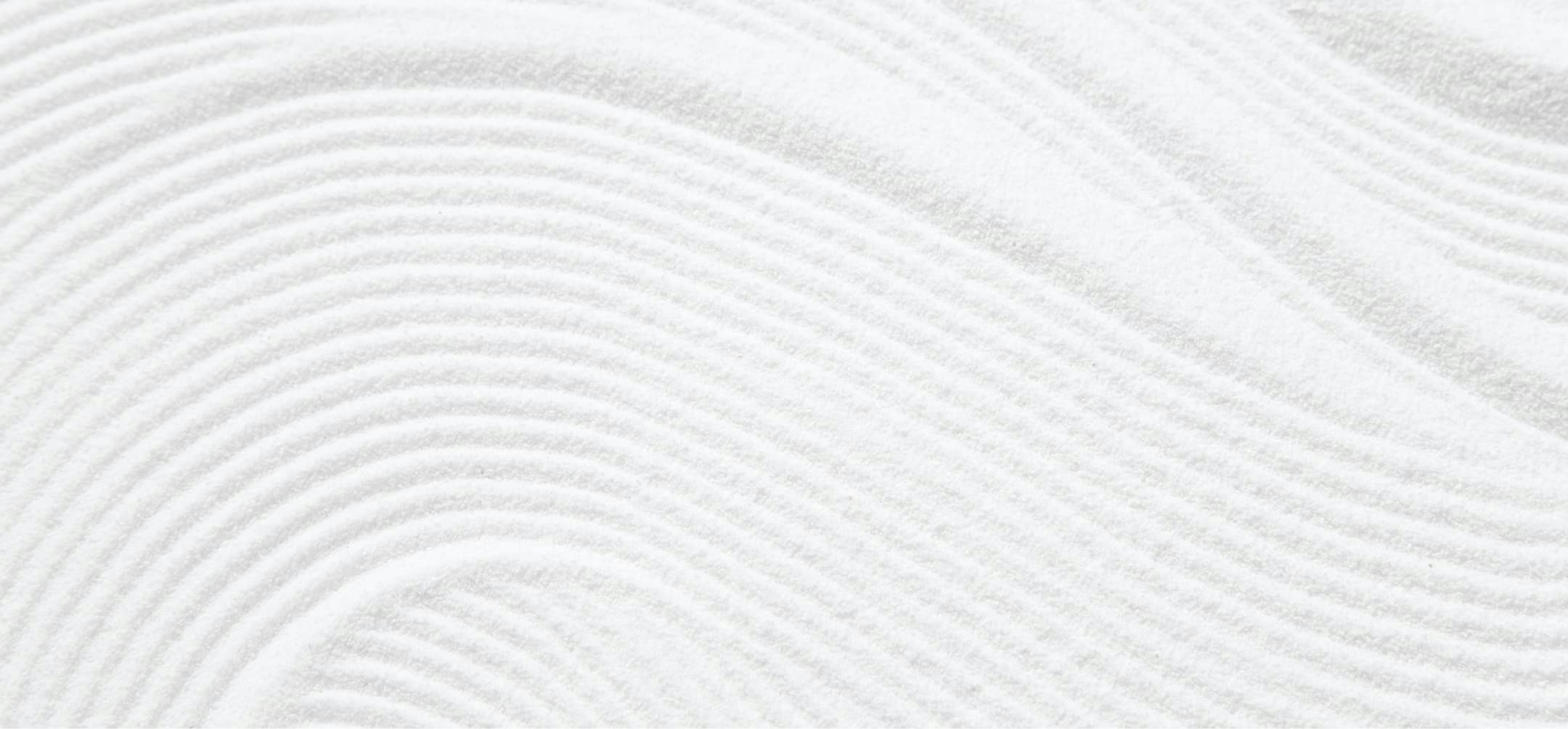The Fraxel laser significantly improves skin texture and pigmentation, as well as stimulates collagen, and rejuvenates skin cells below the skin’s surface, helping to smooth out the creases that cause wrinkling and scarring.
What to Expect with the Fraxel Laser
Ten days before (and ten days after) your Fraxel treatment, you’ll need to stop using any type of skin product that may cause sensitivity. Usually only a topical anesthetic is needed, but sometimes anesthetic injections are required as well.
We will cleanse and numb your skin before treatment. The Fraxel laser will pass over your skin with a rolling motion. Although everyone’s pain threshold is different, the majority of patients find the Fraxel laser very tolerable and report that it feels like a bit of stinging.
Treatments take approximately 20-30 minutes.
The Fraxel laser usually requires about one week of downtime. During the first few days, you may experience sunburn-type side effects, which include redness, swelling, and throbbing. On days 3-5, the skin will begin to peel — but leave it alone. If you peel it, you could cause scarring. Other side effects that are rarer include blisters, infection, acne breakouts, hyperpigmentation, or a herpes flare-up.
During your consultation with us, we will let you know how many treatments you may need. Most people see results after 2-4 sessions, but it varies from patient to patient. In general, optimal results are apparent at 2-3 months, but the skin will continue to improve for up to one year.










